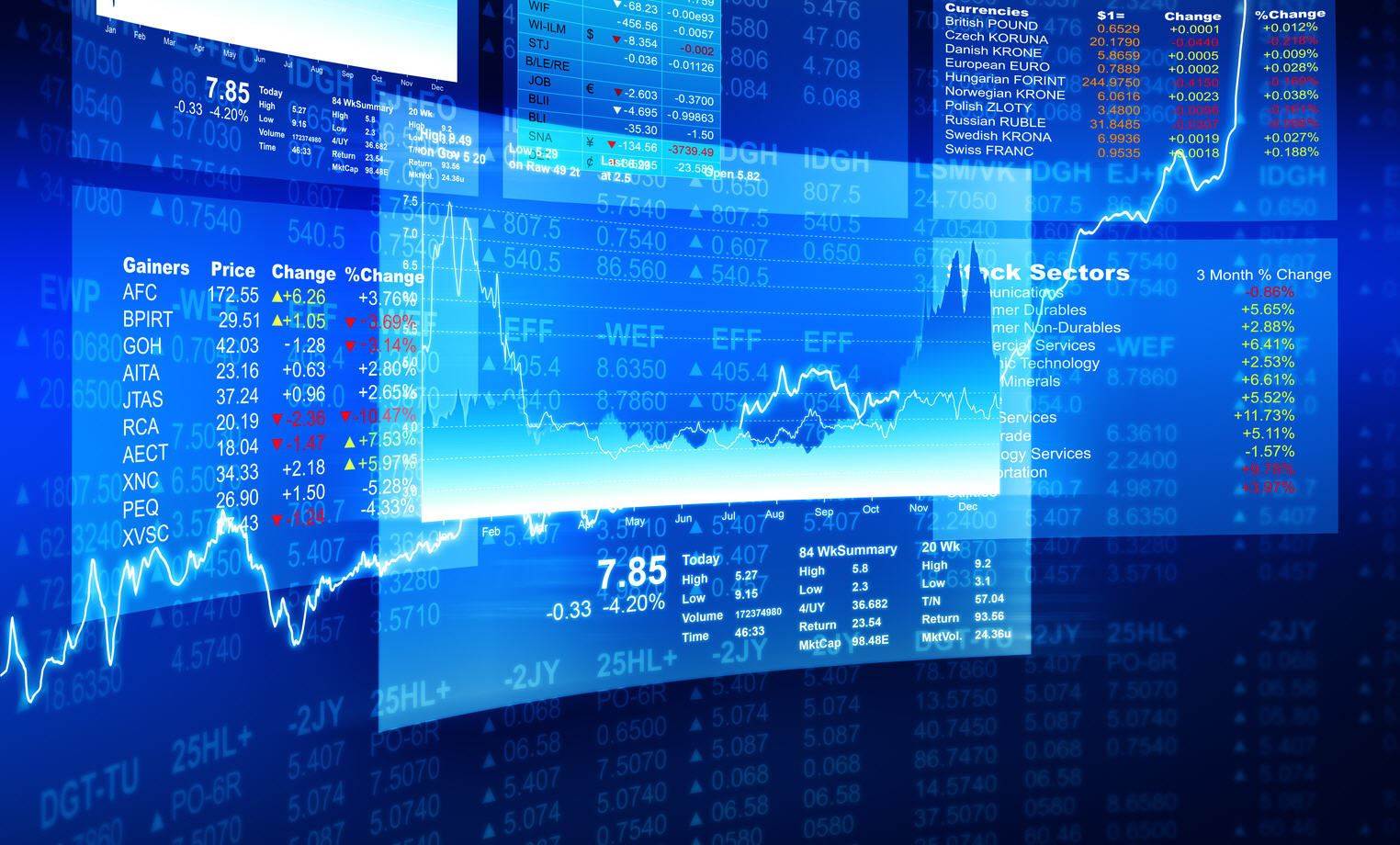Return on Equity indicator provides good insight as to how shareholders dollars are being used by the firm. If a company's ROE grows over time, it's a good sign that its management has found ways to generate income without much of new capital moving forward. On the other hand, if company's ROE is continuously falling, it could be a sign of upcoming financial distress.
How important is Hammer Metals's Liquidity
Hammer Metals
financial leverage refers to using borrowed capital as a funding source to finance Hammer Metals Limited ongoing operations. It is usually used to expand the firm's asset base and generate returns on borrowed capital. Hammer Metals financial leverage is typically calculated by taking the company's all interest-bearing debt and dividing it by total capital. So the higher the debt-to-capital ratio (i.e., financial leverage), the riskier the company. Financial leverage can amplify the potential profits to Hammer Metals' owners, but it also increases the potential losses and risk of financial distress, including bankruptcy, if the firm cannot cover its debt costs. The degree of Hammer Metals' financial leverage can be measured in several ways, including by ratios such as the debt-to-equity ratio (total debt / total equity), equity multiplier (total assets / total equity), or the debt ratio (total debt / total assets). Please check the
breakdown between Hammer Metals's total debt and its cash.
Return on Equity (ROE) shows how efficiently a given company uses shareholders money to generate revenues, profits, and grow the firm. Investors want to see significant returns on their invested capital because this would indicate that the company is using their money effectively. In general the higher the ROE to more satisfied investors are with the current management, so the higher ratios are almost always better than lower ratios. However, since every industry has different criteria for income and profit expectations, ROE cannot be used to compare companies outside of their sectors and industry classifications. Also, company growth that can be derived from a higher ROE does not always get passed onto the investors. If the company decides to retain these profits, the shareholders will only realize this gain by having an appreciated stock and will rely on market timing strategies to realize their investments.
Return on equity is calculated by taking all earnings and dividing them by the average shareholder equity for that accounting period. The income or loss numbers usually come from the company's most recent filing with the SEC or simply from the latest Income Statement. The shareholder-equity numbers can be found on the balance sheet and that represents the assets that the business has generated.
Note that many investors like to also calculate both the beginning and ending ROEs, which allows them to determine the change in profitability over the period. This is an important indicator of company future profitability. To calculate the change in return on equity for a specified period investors use the shareholders equity numbers from the beginning of that period as a denominator to determine the beginning Return on Equity. Then, the end-of-period shareholders equity can be used as the denominator to determine the ending ROE. This also can demonstrate that companies with a negative ROE may not always be a bad investment as their future my look much brighter overall.
Building efficient market-beating portfolios requires time, education, and a lot of computing power!
The Portfolio Architect is an AI-driven system that provides multiple benefits to our users by leveraging cutting-edge machine learning algorithms, statistical analysis, and predictive modeling to automate the process of asset selection and portfolio construction, saving time and reducing human error for individual and institutional investors.
Try AI Portfolio ArchitectEditorial Staff
Aina Ster is a Member of Macroaxis Editorial Board. Aina delivers weekly perspective on ongoing market and economic trends, analysis and tips from predictive analysis to forecasting across various financial instruments.
View Profile This story should be regarded as informational only and should not be considered a solicitation to sell or buy any financial products. Macroaxis does not express any opinion as to the present or future value of any investments referred to in this post. This post may not be reproduced without the consent of Macroaxis LLC. Macroaxis LLC and Aina Ster do not own shares of Hammer Metals Limited. Please refer to our
Terms of Use for any information regarding our disclosure principles.
Would you like to provide feedback on the content of this article?
You can get in touch with us directly or send us a quick note via email to
editors@macroaxis.com